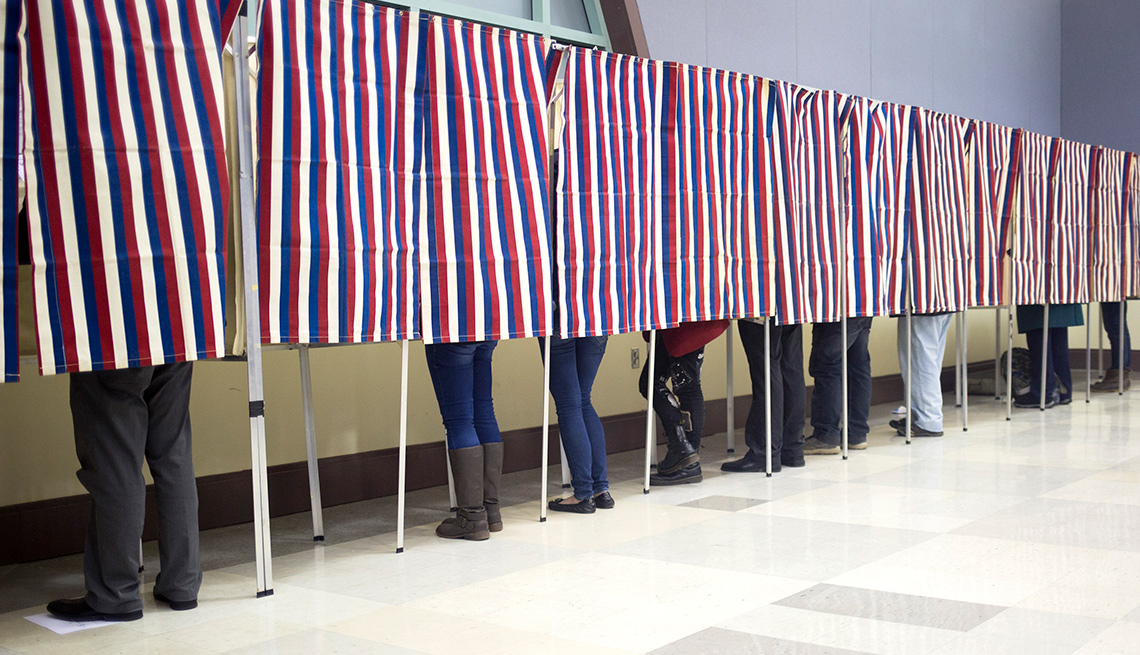
- Select a language for the TTS:
- UK English Female
- UK English Male
- US English Female
- US English Male
- Australian Female
- Australian Male
- Language selected: (auto detect) - EN
Play all audios:
All 435 seats in the U.S. House of Representatives are up for election. Currently, there are 238 Republicans and 193 Democrats, with four vacancies. In the U.S. Senate, comprised of 51
Republicans and 49 Democrats, 35 seats will be up for grabs. Across America, 36 governors will be chosen. Now, there are 33 Republican governors, 16 Democratic and one independent. Thousands
of state senators and representatives are also on the ballot. These races are particularly important because the state leaders elected this fall will be the ones to decide how congressional
redistricting lines are drawn after the U.S. Census in 2020. Who can vote in primaries varies widely by state. Some primaries are closed, meaning only those individuals registered in a
party can vote in that primary. In partially closed primaries, each party decides whether the contest is open to voters not registered in any party. In open primary states, voters can cast a
ballot in any party’s primary. When a primary is partially open, voters can vote in any primary, but they then must register with that party. A few states have unusual primary systems. In
California, Washington and Louisiana, there’s one primary ballot and the top two finishers — regardless of party – move on to the general election. Some states hold runoff elections when the
top candidate does not reach a certain percentage of the vote. To find out the rules in your state, contact your local or state election office. HERE IS THIS YEAR’S PRIMARY SCHEDULE. MARCH
6: Texas MARCH 20: Illinois MAY 8: Indiana, North Carolina, Ohio, West Virginia MAY 15: Oregon, Pennsylvania, Idaho, Nebraska MAY 22: Kentucky, Georgia, Arkansas JUNE 5: Alabama, California,
Iowa, Mississippi, Montana, New Jersey, New Mexico, South Dakota JUNE 12: Maine, Nevada, North Dakota, South Carolina, Virginia JUNE 19: District of Columbia JUNE 26: Colorado, Maryland,
Oklahoma, Utah AUG. 2: Tennessee AUG. 7: Kansas, Michigan, Missouri, Washington AUG. 11: Hawaii AUG. 14: Connecticut, Minnesota, Vermont, Wisconsin AUG. 21: Alaska, Wyoming AUG. 28: Arizona,
Florida SEPT. 4: Massachusetts SEPT. 6: Delaware SEPT. 11: New Hampshire, New York SEPT. 12: Rhode Island NOV. 6: Louisiana (This is the only primary on Election Day. If no candidate gets a
majority, there’s a Dec. 8 runoff.)









